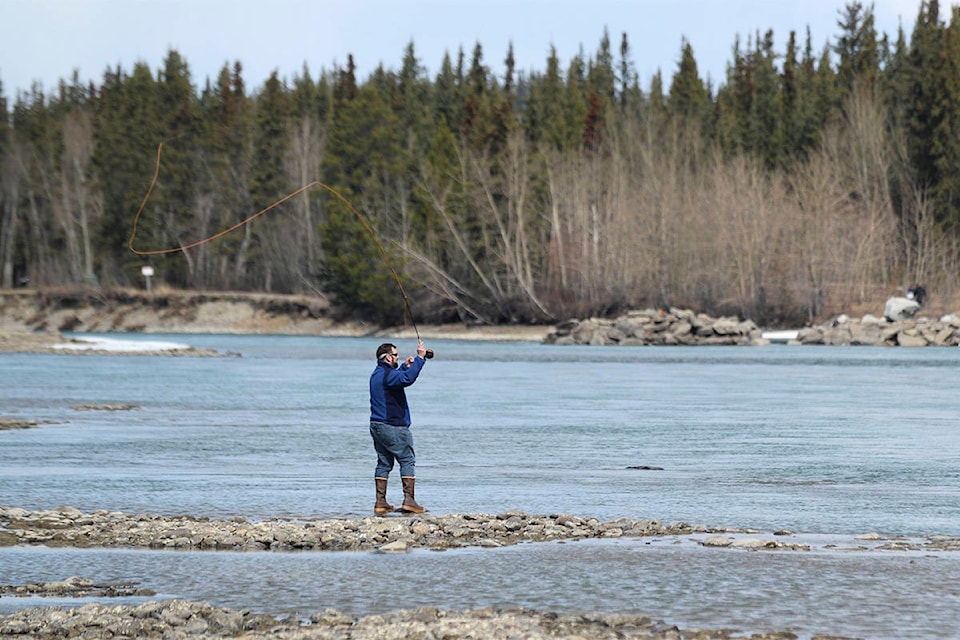The Carcross/Tagish Renewable Resources Council is urging fishermen travelling to the Southern Lakes region this season to show restraint and respect to help protect vulnerable grayling and lake trout populations.
The council, along with a group of other organizations and Yukon First Nations governments, launched an awareness campaign on May 4 reminding fishermen to catch only what they need and limit catch-and-release activities.
The campaign comes in anticipation of an increase in activity in the Southern Lakes region due to COVID-19 potentially deterring Yukoners, particularly Whitehorse residents, from travelling Outside instead, C/TRRC chair Ken Reeder told the News May 5.
“We’re not saying don’t come and fish and enjoy it — we want everybody to get outdoors and you know, enjoy bringing the kids fishing,” Reeder said.
“Just respect the fish, handle them properly and really think about, you know, how many fish do I need to harvest and take home? Maybe I can just get by with one or two grayling, and say, ‘That’s enough for a meal, I don’t need to take my full one-day limit of five,’ or, if you’ve got a group of four people, you don’t need to kill 20 fish.”
Reeder said grayling are particularly vulnerable this time of year because they’re in easy-to-access areas to spawn.
“Don’t walk in the creek beds, don’t drive ATVs in there because the eggs are in there and we need them to spawn and reproduce, otherwise, you know, the stocks are going to dwindle and we might not have these spots to go fishing,” he suggested.
Grayling may also give the impression that their populations are larger than they really are in some places.
“There’s one spot down here where we know the population’s only 700 or 800 grayling, so if you get 50 people really harvesting hard, like you could wipe out that whole population,” Reeder said.
The stress of catch-and-release can lead to a higher mortality rate, particularly when the same fish is caught multiple times.
Posters created for the awareness campaign suggest that fishermen, when practicing catch-and-release, keep the fish in the water, eliminate the fish’s contact with dry, hard surfaces, using wet hands to handle the fish and to not squeeze it, and reduce handling time as much as possible.
Reeder said members of the resource council, accompanied by a fish consultant and possibly a regional biologist, will also be out at popular spots every weekend in May in order to talk with fishermen and hand out brochures.
“It’s not about enforcement, we’re not partnered with (conservation officers) or anything like that,” Reeder said. “… It’s an education thing.”
Contact Jackie Hong at jackie.hong@yukon-news.com
